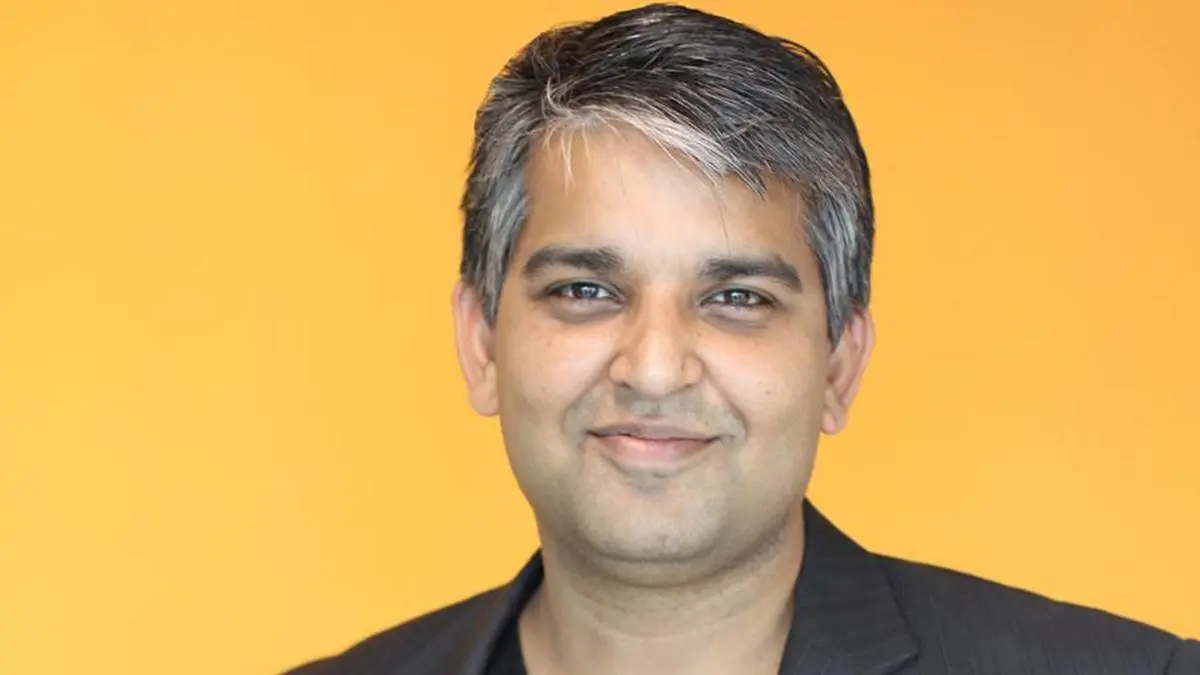Disruption in India’s OTT segment is yet another fallout of the recent Real Money Gaming (RMG) ban in India, according to Gulshan Verma, Director, Amazon Ads India.
In an interaction with businessline he talks about catering to a young audience with dynamic interests. Gaming companies were major advertising spenders on streaming platforms. Verma speaks about the OTT platform’s pivot in this transformed landscape, and how the platform differentiates from Prime Video.
Around the time of the merger the audience mix for MX was about 50 per cent from the tier 2 and tier 3 cities. Has this mix changed?
We have users from Bombay, Delhi, Bangalore, Uttar Pradesh, Bihar and most parts of India. In most places we are either number one or number two by region. So, more of our audience is from the youth compared to other platforms. These are college students between 18 to 30 years.
Since most of your audience is the youth, are you seeing the impact of the RMG ban?
Yes. Historically, a large chunk of that spending was in two areas: sports and app downloads and performance. Our historical strengths have been in building brands, and driving sales for our products through our e-commerce ads. So, has there been an impact for us? Yes, obviously. There are partners who sponsor some of our shows who are not coming back, but I don’t think we’re as affected as some other platforms, given our strengths in that area.
How has this ban impacted your ads revenue?
In the short term, it may be a 15-20 per cent impact but in the long term, I think something else will come up. Digital advertising is the biggest segment of advertisers where you can cater from the largest to the smallest of brands. We have a product called Sponsor TV, where you can just set your own budget and we help you create your video ad or display ad, it just runs across the platform. So we are less dependent on the traditional brands than other people. Advertising will grow by 12 per cent a year overall, and we’ll probably grow in line with that.
Do you see eSports becoming the next big advertiser?
I think gaming more generally is something that the youth is doing. Somebody of my generation probably watches a lot more TV and OTT, but people are spending a lot more time on social media, which has now become very video-enabled. Gaming is something that’s there right now. And we’ll look at it, and see what the opportunity is in this context.
How’s your MX Fatafat product doing?
It’s doing well. We want to double down on the investment. It plays to the youth audience, who may want to quick snippets and constant refreshment of stories and content. You’ll hear more from us in the future about what we plan to do in that space.
How do you differentiate Prime Video and MX Player?
MX is consumer backwards. There are some consumers who are comfortable paying for a subscription. Others are open to ads as part of their subscription because it becomes more accessible. We also have new shows like Rise and Fall, where over16 contestants participate, as well as First Copy, Bhujo Gainak, Jannatpal and then six months from now we will have Maiden India, which is a new series.
Is that the reason why you guys have tried to open up more towards ads because premiums are going down?
I don’t buy into that premium concept completely. India is a country where incomes are growing at 6-8 per cent a year. So, whatever product you talking about, there is a market for it. Apple as well as Samsung advertise on Amazon MX Player because their audience is there as well. There’s a huge overlap between our audiences and audiences that buy on ecommerce online. If you take a step back, there’s something like half a billion OTT audiences out there, same for e-commerce.
How has the in-stream shopping feature performed?
From a performance perspective, I see doing 5 to 6 times better than other ad experiences which are more plain in terms of the approach where they’re trying to get you to click to a website, etc. That’s one advantage that we have for our brand and selling partners.

